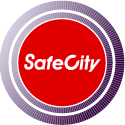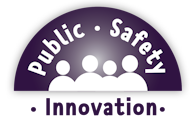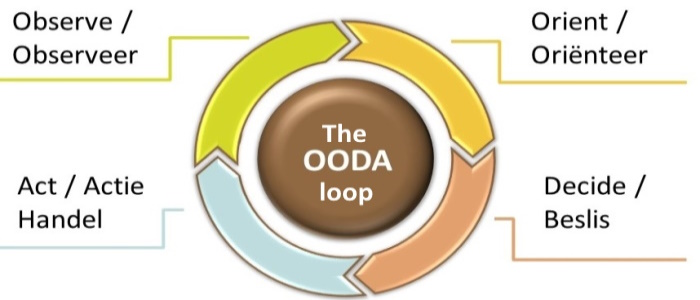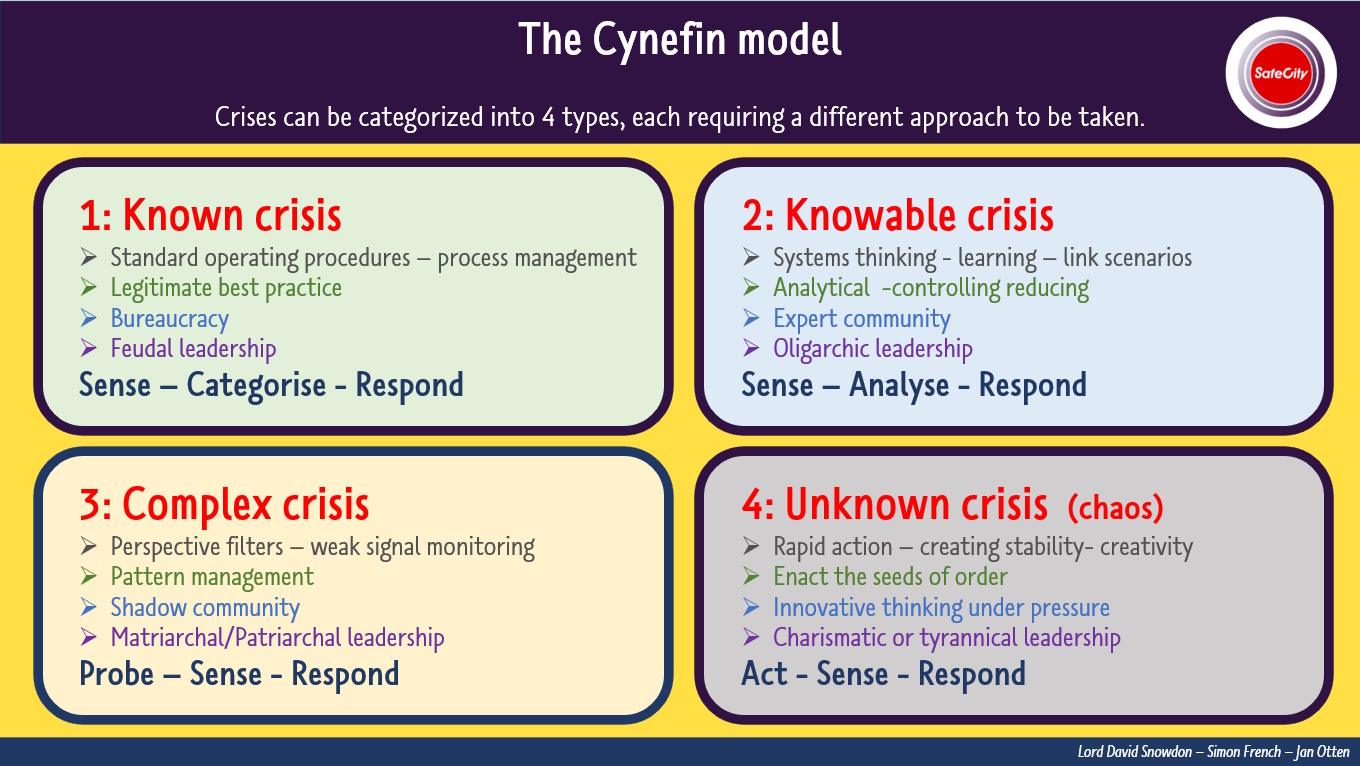No crisis is the same. Historically, the causes of disasters have been attributed to nature, technology, and human actions. Deforestation, environmental pollution, fossil fuel extraction, population growth, and migration to urban areas or regions prone to earthquakes all contribute to the risks we face. We must prepare for various crises, such as large-scale wildfires, global warming, rising sea levels, and epidemics like SARS and COVID-19. Each crisis necessitates an approach that considers the surrounding environment, the availability of resources and personnel, and the expertise of emergency services. Proper control and management can help prevent disaster scenarios, and it is crucial to avoid relying on unexamined assumptions. Ultimately, responding to emergencies is a logistical process that requires careful coordination to ensure everything is in place.





Professionalizing Crisis Management
A Logistics Process in a Turbulent Environment

Logistics Wisdom
No crisis is the same.
No crisis is the same, and it can be said that "humans are the cause of every disaster."
Responding to an emergency situation involves the careful execution of a logistics process.
Each crisis necessitates an approach that considers the environment, the availability of resources, and the capabilities of emergency services.
I advocate for categorizing crises into four distinct types as a foundation for a comprehensive response.
The Cynefin framework developed by Lord Snowden serves as a valuable guideline in this context.
Professor Simon French has tailored the Cynefin model specifically for crisis management (see adjacent >>>).
Additionally, I support the introduction of Incident Command System.
This system fosters a clear division of roles among all involved emergency services, including municipalities and defense forces.
By establishing clear protocols, we can engage in professional agreements and improve collaboration with emergency services from other countries, as they typically utilize the ICS framework.

Knowledge Sharing

- The OODA loop Col. John Boyd is a good battle plan model, see: Observe Orient Decide Act loop;
- An organization without risk is like a cheese without holes, see: Gouda Cheese model;
- Powerpointpresentation for a Chinese delegation in 2013: Crisis management in the Netherlands;
- The depth to which you can go in describing plans, see: Adhocracy vs. Bureaucracy;
- ISCRAM is a world wide organisation connecting all knowledge institutes, professors, and students information technology professors and students for crisis management and humanitarian aid;
- TIEMS is a world wide organisation connecting professionals and scientists ic crisis management;
Innovation Challenges

- Pattern recognition in dealing with incidents from the data of previous incidents;
- Prediction of possible incidents;
- (Geo) Information on buildings and areas;
- Information Sharing (including public - private);
- Extension of communication with everyone.